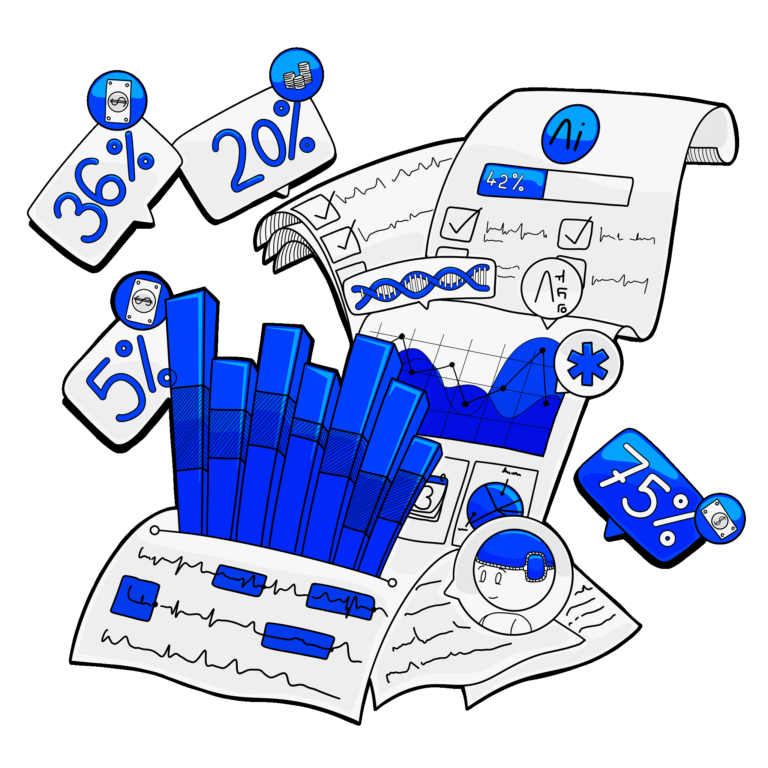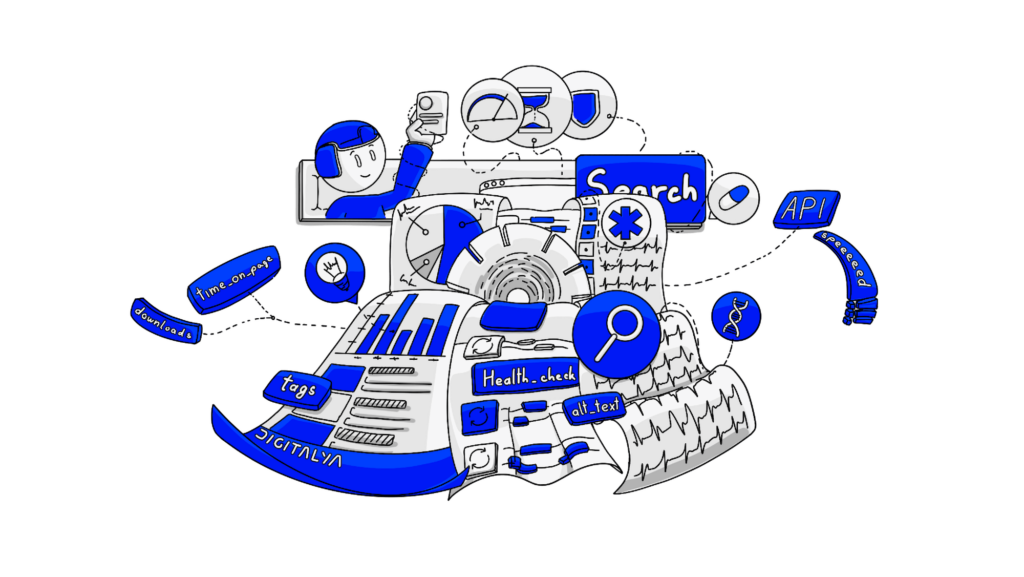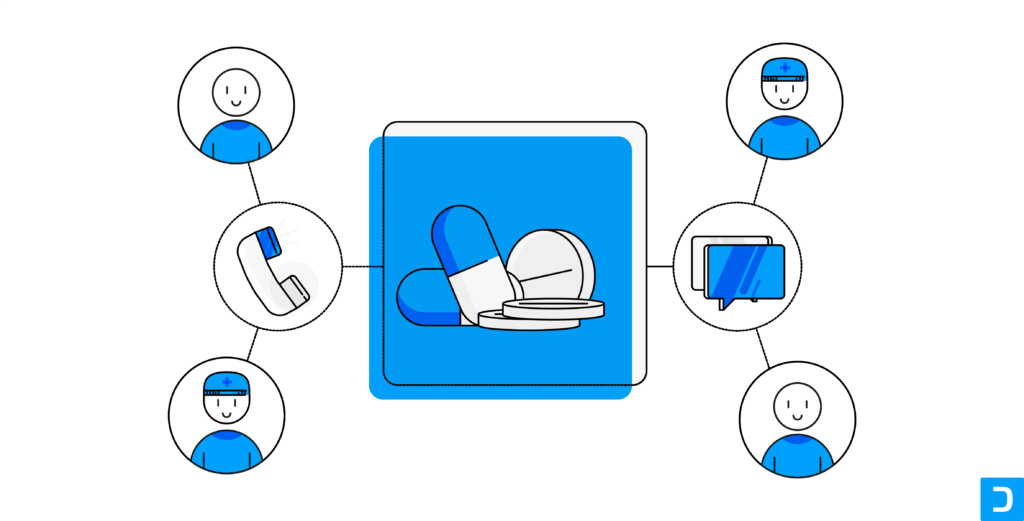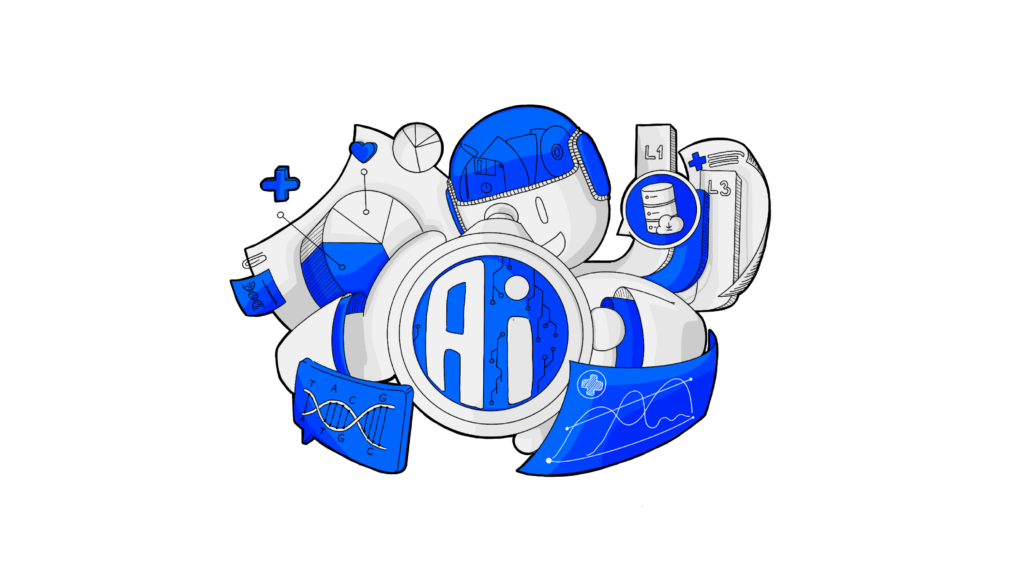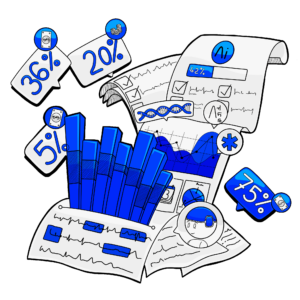What’s the primary concern of most CTOs? To ensure that their business is up-to-date for its customers by constantly offering attractive features to retain them. And a must-have for companies are web applications, regardless of the size or type of an organization. Therefore it is important to stay up to date with the latest best web development frameworks.
As the standards of web applications are constantly increasing, the search is always for the best web development framework. So what steps can you follow in order to make a calculated, well-thought decision?
In today’s blog, we’ll look at features, classifications, and the most popular web frameworks to cover key information that you can follow to identify the top frameworks for your business needs.
1. What is a web development framework?
According to GeeksforGeeks, they define web frameworks as:
a software framework that is designed to support the development of web applications including web services, web resources, and web APIs.
To be more precise, you can view these frameworks for developers as a set of tools, technologies, and resources that help them build and manage web application websites. These frameworks provide a wide range of pre-written components, code snippets, and whole application templates for the development process, all tailored based on the business logic behind each project.
Additionally, in the computer industry, frontend and backend development are the most frequently-used terms because they dictate the job a software developer will be working on. See the frontend as the visual part of the website where the users can interact with. For instance, it includes the graphical user interface (GUI), the command line, design elements, navigating menus, texts, images, videos, etc.
Therefore, a frontend framework incorporates pre-written code snippets, reusable templates, integrable elements, and managing user interaction. Some popular examples of frontend frameworks are React and React JS, Vue, BootStrap, Ember, and Angular.
On the other hand, the backend refers to the opposite: the part of the website users cannot see and interact with. It is the web server that stores and arranges data, making sure everything on the client side of the website works fine.
As the backend web frameworks refer to the background functioning of the sites, their focus is mainly on database management, designing site architecture, server handling, security, and URL routing. Popular examples of these frameworks are ASP.NET Core, Django, Ruby On Rails, Express, and Spring.
2. Advantages of using frameworks
Now that you have gained a better understanding of web development frameworks, why bother yourself with implementing them? What will you gain? Let’s say you want to build a website for your business. You’ll need an online platform that will serve your needs and promote your organization. The main advantage of using frameworks is to help developers save precious time and energy coding every element from scratch.
Here are 5 key benefits you can enjoy:
- Enhanced code efficiency—The main focus of WFO is to improve code readability and reusability. As many popular web development frameworks incorporate built-in features, developers can speedily finish complex code-related tasks (even in minutes) that would otherwise take hours to complete.
- Simplified debugging process—Frameworks facilitate easy debugging and software maintenance. With them, developers focus primarily on improving code quality and readability, a process that is simplified by using tools such as Selenium, Percy, JMeter, and others.
- Accelerated Development—With a web framework, you don’t need to write extensive lines of code. Using a pre-defined template and an intuitive coding interface, developers can save hours of strenuous coding effort and ultimately improve time to market.
- Improved security—Frameworks include built-in security features and mechanisms that help developers protect websites from threats, as well as prevent data tampering.
- Better performance—For your website visitors to have a good experience, web performance is important. Therefore, selecting framework-based solutions tends to work much faster and ensure higher loading capacity.
Important to mention – just as there are benefits, there are also some drawbacks you should be aware of. One of them is related to developers, more precisely, that web frames can deter the learning curve for them. They won’t get the opportunity to fully understand important concepts of a programming language once the job is done and completed. Another drawback is the inflexible programming paradigm.
Because frameworks are specifically tailored to use specific tools or adopt predefined procedures for developing web applications, it restricts you from making changes to many of the core components. So keep in mind that there is a limit to the level of customization that can be done.
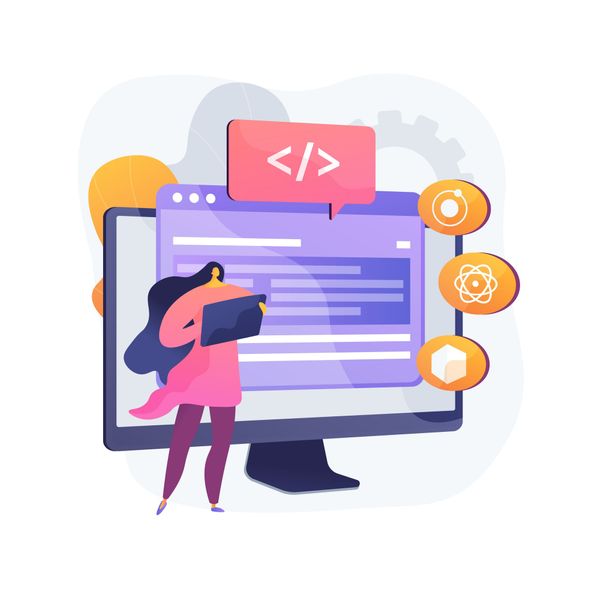
3. Classification of Framework Architectures
However diverse frameworks are, most of them have certain elements in common: architecture and features. The architecture is crucial because it determines the relation between the different components of the framework (applications, modules, etc.) and how the website or platform will function.
- Model View Controller (MVC)
It is an architectural pattern that consists of three parts: Model, View, and Controller. MVC architecture fosters code reuse and modularized code and permits various interfaces. This is the basic structure of a web framework, comprising the fundamental pieces for designing programs for desktop or mobile and web applications.
- Model-View-ViewModel (MVVM)
It is an architectural pattern for implementing user interfaces. It consists of three moving parts: Model, View, and ViewModel. This architecture pattern is designed to store and manage UI-related data. VueJs and KnockoutJS use the Model-View-ViewModel or the Model-View-Binder architecture model.
- Threetier Architecture
This is the predominant software architecture for traditional client-server applications. According to IBM, this architecture: “organizes applications into three logical and physical computing tiers: the presentation tier, or user interface; the application tier, where data is processed; and the data tier, where the data associated with the application is stored and managed.”
4. Classification of Framework Architectures
In the app and web development world, the general need has evolved towards sophisticated websites that pack impressive features yet remain easy to build and deploy. Depending on your requirements and business needs, selecting the right framework is essential. If you don’t know what to choose in 2021, we’ll provide a detailed list of the most popular frameworks.
- Express is getting a lot of traction, becoming one of the most trending frameworks for web development. It is favored among Accenture, IBM, and it’s compatible with other frameworks such as Kraken, Sails, and Loopback. It is fast, minimal, flexible, and supports full applications and REST API.
- Laravel is a high-demand, open-source PHP framework that was created to quickly get you started on building website applications. According to Moveo: “It eliminates all pain points experienced by developers handling complex PHP code and makes common tasks like routing, authentication, sessions, caching and simpler.” It is the only PHP framework that has seen increased interest in the past 5 years due to the range of built-in templates that makes development simpler and easier. It is used in various applications for multiple industries like arts, entertainment, shopping, and travel.
- Django, a Python-based web framework for web development, is popular among Google, YouTube, and Instagram. It helps developer teams build a safe and secure website, or it can incorporate security in the framework itself, like blocking code execution in the template layer. With the user flow, information architecture, and UX of the product defined and clearly laid out, you can launch your MVP within hours. Use Django to build almost any type of website: from content management systems and wikis to social networks and news sites. It is so loved because it can work with any client-side framework, delivering content in almost any format.
- React Native is an open-source JavaScript framework used for cross-platform development and is an improved version of React, even if it uses it. React Native lets you build an application for various platforms by using the same codebase. For mobile applications, it is really convenient to use because developers save a lot of time when they ensure compatibility between ios and android systems at once.
- Ember is a popular solution for rapid frontend development that can generate good revenue thanks to an excellent user experience. It is an open-source, free JavaScript client-side framework for web application development. Netflix, LinkedIn, Groupon, and others use it.
5. Most popular web frameworks
- Vue is one of the most promising tools for building user interfaces. It is an example of an open-source, frontend JavaScript framework that is flexible, and it allows developers to integrate multiple third-party solutions. Additionally, it employs both one-way and two-way data binding.
- React (React JS) is an open-source frontend framework developed by Facebook that helps developers build interactive UIs. With a rich ecosystem of libraries and packages, React JS has obtained an outstanding track record in the industry because it is viewed as an efficient, declarative, and flexible open-source JavaScript library for building simple, fast, and scalable frontends of web applications.
- Angular JS is an open-source JS framework used for creating single-page applications for mobile app developers and web developers. It is considered a great platform for websites, mobile web, native mobile, and native desktop development. Even if it is large, you can create cross-platform solutions with significant speed and performance.
- Ruby on Rails, also known as RoR or simply Rails, is an open-source backend web application ideal for complex web applications. It is a framework based on the MVC architectural pattern and provides everything you need to create robust, high-speed solutions. Shopify, Airbnb, GitHub, and Hulu are primary users of Rails.
- Node JS – Even if it isn’t a framework or a programming language, it’s a technology that is mainly used for backend operations, but it can also be used together with frontend JavaScript frameworks, as it is quite complex. On their official website, Node.js is described as a JavaScript runtime built on Chrome’s V8 JavaScript engine. The reason it is so popular is that it’s easy to learn, fast, mobile-friendly, cross-platform, and dev-friendly. It supports many hosting platforms and is best used for building various web and mobile apps, eCommerce apps, online payments systems, streaming apps, blogs, and many more.

6. Most popular web frameworks in 2019
- ASP.NET is a web framework that is used for both frontend as well as backend. It was created by Microsoft for building modern websites, applications, and web services. This framework provides a programming model, comprehensive software infrastructure, and many services. Additionally, it can be operated across any .NET supported language. ASP.NET allows developers to design web applications, dynamic content-driven websites, and web services.
- Spring is an application framework written in the Java programming language. It was created to help developers deliver large, complex, and high-load java enterprise applications promptly. The Spring framework has flexible libraries and a comprehensive set of extensions that lets developers build almost any application they desire. So it handles the infrastructure while developers focus on the application.
- J Query offers a lot of flexibility and helps developers make simpler and standardized interactions between HTML and JavaScript code elements. Developers enjoy it for its simplicity and cross-browser compatibility. It helps create breathtaking effects and animations without spending years learning these skills.
- Flask is based on Python language, and the framework allows you to create very lightweight backend web applications. It’s considered a micro framework because it doesn’t include additional functionalities that come with a full-stack Python framework as Django does. It gained a lot of traction as it provides a new approach for creating a web app being equipped only with the web app development essentials. Its strength lies in its customizability, and it is popular for creating social networks, blog platforms, normal content sites, and many more.
7. How do I choose a web framework?
Selecting a framework is not a complicated task, but implementing it over a whole app is a bit more difficult. It is best to know that the one you choose meets your needs and project requirements. So we are here to guide you with three simple steps to follow when you’re ready to invest in a web framework.
- Understand your project needs—before you go choosing from the most popular web framework, identify what product or service you are promoting, the functionalities you want to achieve, and the complexity of the task being undertaken. Based on the goals and outcomes you envision, talk with your development team so they can provide the tech requirements needed.
- Match your needs to the features of a framework—once you know what to look for and the level of complexity, determine which development framework is a match. Consider the time you need, available plugins, if it has thorough documentation, the security options, your available budget, and the tech resources you have.
- Capable team—the next question to address is: Do I have a team of qualified individuals that are capable of implementing the framework? Depending on the answer, you can establish the best course of action. If they aren’t, then you better outsource the task to more capable hands, a development company, that can render the app logic. Or maybe you can partner with a team of specialists to provide you with adequate software solutions.
Remember: each project has unique needs, so it’s up to you to clarify what you are looking for, and estimate your app development costs to select the best web framework.
8. Best web development frameworks
In the tech industry, singling out the best web dev framework is quite subjective and not easy to narrow down. However, based on the level of endorsement, efficiency in projects, and ease of development, our top 5 are made out of:
- Angular JS
- Vue
- Django
- Laravel
- React Native & React JS
9. Conclusion
Different frameworks are available to solve different problems, and they work with different aspects of the web. Depending on what you plan to develop, keep in mind that you can test many options until you find the one that suits you best. By going through all the information about web development frameworks, we hope you get enough insight to help you execute your project.

